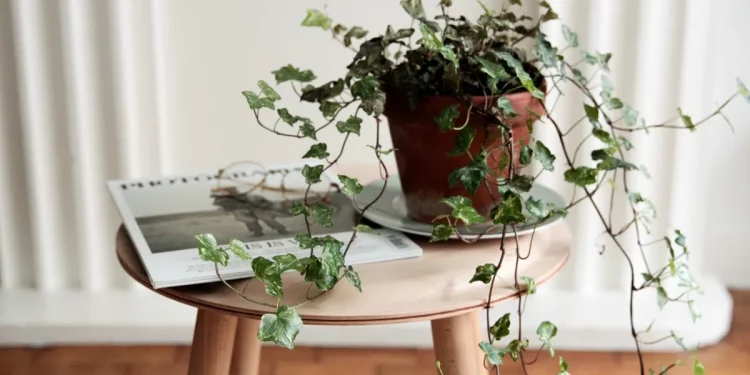Preparing for a long-distance move most often involves double-checking everything important: documents, packing fragile items, keeping children and pets occupied. Houseplants also require special attention – that’s why it’s best to hire professional movers https://butlermoving.com/long-distance-moving/ when moving long distances, so that plants can survive the journey and grow well in their new location.
Table of Contents
Prepare your plants for the move
Cut off any dead or overgrown branches and trim the foliage to reduce the size and weight of the plants. Transplant plants into lightweight, unbreakable pots or containers with drainage holes. Avoid heavy ceramic or clay pots, as they can add extra weight and increase the risk of breakage.
Cover the soil surface with plastic wrap or a plastic bag to prevent soil from scattering during transportation. For larger plants, wrap the base of the pot with bubble wrap or foam padding to protect the roots. A day or two before the move, water the plants thoroughly, but not excessively, to ensure they have enough moisture.
Pack the plants
Place small potted plants in sturdy cardboard boxes lined with packing paper or bubble wrap. Use extra spacers on the sides and top of the pots to prevent them from shifting. Make small ventilation holes in the sides of the boxes to allow air circulation and prevent heat buildup, especially if the move involves long moves in hot weather.
Clearly label each box of plants as “Fragile” and “Living Plant” so that movers handle them carefully and don’t place heavy objects on top.
Transportation of plants
Do not expose plants to extreme temperatures during transportation. If possible, keep them in climate-controlled areas and minimize exposure to direct sunlight or low temperatures.
Place plant boxes securely in the transport, ensuring they are upright.
If the move involves a long journey, consider bringing small plants with you in the car to ensure optimal conditions.


 Home
Home










